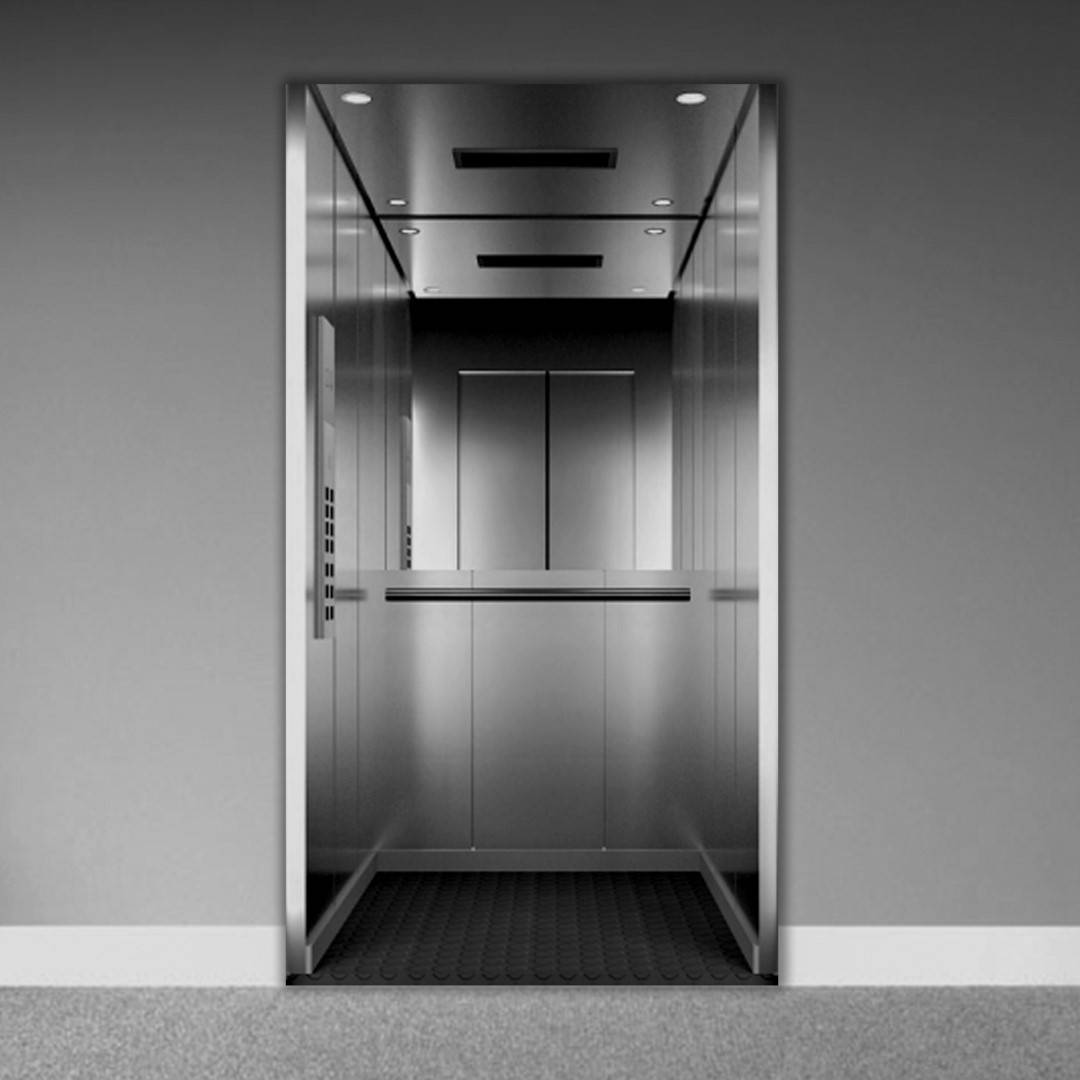Introduction
In an era where urban spaces are becoming vertical, the choice between elevators and escalators is more significant than ever. This article investigates the increasing relevance of choosing between an elevator vs escalator in the context of shopping malls. We’ll delve mainly into the difference between elevators and escalators for shopping mall installations according to speed and convenience.

What is Elevator?
Known primarily as vertical transport mediums, elevators, also termed “lifts,” have integrated themselves as an essential part of modern edifices. Elevators are typically motorized vertical transport systems designed to move people or goods between different levels of a building. Used primarily as a vertical transportation method, elevators have become an indispensable part of modern buildings.
In terms of speed and efficiency, elevators score highly as they quickly move users across floors, significantly reducing travel time. The use of elevator limit switches ensures safety and reliability by controlling the movement and stopping the elevator car at the right place.
Despite the advantages, elevators might face limitations such as requiring a higher upfront cost and taking up significant architectural space.
What is Escalator?
An escalator is a moving staircase that makes it simple for people to go between different floors. It is made up of a constantly revolving belt or chain of steps that move upwards or downwards. Due to their accessibility and ease, escalators—a novelty feature in shopping centers—have become a practical and crucial component of a mall due to their convenience and accessibility.
The smooth transition between floors offered by escalators improves the shopping experience by helping visitors see various levels as they pass.
Escalators have an excellent impact on sales by improving mall activity while encouraging shoppers to explore different portions of the mall.
However, escalators also have disadvantages, like the requirement for routine maintenance and restricted use by elderly or disabled users.
Also Read: Elevator Hygiene: Best Practices for a Clean and Safe Ride
Factors Influencing the Choice : Elevator VS Escalator
When choosing between an elevator and escalator, several things should be kept in mind, including cost, available space, and user demographics.
Choosing to use an escalator vs elevator when considering a shopping mall can come down to personal preference. It’s crucial to keep a balance between the pros and cons related to speed and convenience because each option has drawbacks.
Elevators are known for their speed and efficiency in transporting people between different floors. Elevators can carry large groups of people quickly since they can move vertically, especially during peak hours. They also provide a convenient and accessible form of transportation, making them perfect for anyone with mobility impairments or those who are transporting large objects.
However, escalators provide a special convenience that is indispensable. Escalators offer uninterrupted mobility in contrast to elevators, which have waiting rooms for doors to open and close. They are therefore a good option for customers who need to move across several levels quickly or who are in a hurry.
Additionally, escalators offer a visual appeal and an opportunity for window shopping as shoppers ascend or descend through different floors. They create a dynamic atmosphere within the mall and can even influence impulse buying behaviors.
To add another point, elevators might prove efficient for larger malls with many floors; escalators could be more beneficial for smaller malls that value customer experience more.
Also Read: Understanding Elevator and Escalator: A Comprehensive Guide
Conclusion
In conclusion, choosing between elevators and escalators in shopping malls ultimately depends on individual preferences and needs. Elevators excel in terms of speed and accessibility, while escalators provide continuous movement with added visual appeal. Shopping mall designers must consider these factors carefully when determining the best mode of transportation within their establishments.
To sum up, whether to employ elevators for their speed and efficiency or escalators for their convenience and approachability is a careful balance that modern shopping malls must negotiate.
The choice is not simply about machinery. It’s about understanding the needs and behaviors of consumers, spatial planning, and investment decisions.
FAQs
Q1: What are the main factors to consider when choosing between an elevator and an escalator for a shopping mall?
A1: Cost: Elevators have a higher upfront cost but lower maintenance needs. Escalators have lower upfront costs but require more frequent maintenance. Check out Victora Infratravel Solutions to learn more about our pricing.
Available space: Elevators require a dedicated shaft, while escalators can be more flexible in their placement.
User demographics: Consider the needs of your target audience, including mobility limitations and age distribution.
Speed and convenience: Elevators are faster for large groups or direct travel, while escalators offer continuous movement and window-shopping opportunities.
Q2: Which option is faster for moving people between floors?
A2: Generally, elevators are faster, especially for large groups or taller buildings. But escalators offer uninterrupted movement, which can be quicker for smaller groups or short distances.
Q3: Is one option more accessible for people with disabilities than the other?
A3: Elevators are universally accessible, while escalators may pose challenges for some individuals with mobility limitations.


